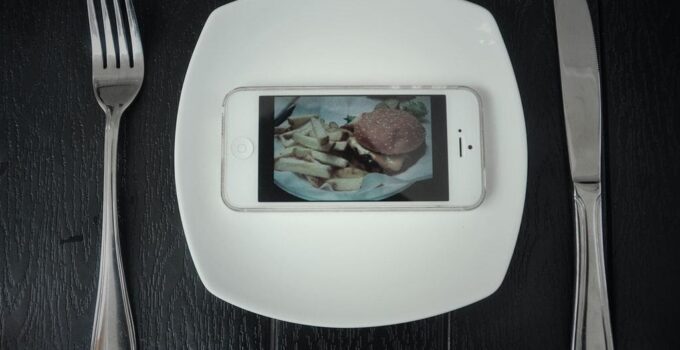The global number of food delivery users has exceeded 1.2 million in 2024, and the revenue has reached $136 billion. Thanks to the pandemic, both metrics have seen a major surge, averaging +26% year on year. With the ever-changing social distancing and lockdown conditions, restaurants, cafes, and fast-food chains must evolve and go digital to remain in business.
One of the fastest and most efficient solutions is mobile app development. Still, it can be a minefield for a business owner who has never dealt with outsourcing IT vendors. To help you make sense of the critical features and requirements for a food delivery mobile app, we’ve created this checklist based on the recommendations by Purrweb developers.
Page Contents
1. User Hierarchy and Access Rights
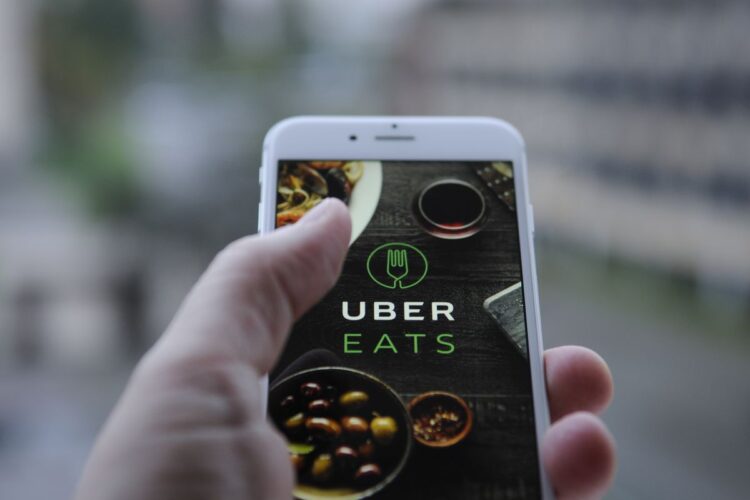
Source: eater.com
Whether you choose to create a restaurant-specific app or a food delivery platform, like the ever-popular Uber Eats, each user category should have a rigid set of rules and permissions. For example, clients should be able to create an account or log in using social media credentials, search the menu, add products to a cart, and go through checkout. Couriers will need access to the list of available orders, as well as a digital map with a navigation tool to plot the shortest route. Restaurant owners should be able to integrate the app with their on-site solutions, import menus, process orders, and payments. Some features, like a chat, may be present across all admin panels.
To speed up the development process and avoid post-launch trouble, you should identify user roles in your system requirements specification (SRS) file along with the features and rights for each category. The more roles you wish to introduce, the more complex your app will be. And it will drive up the development budget.
2. Map and GPS Tracking Capabilities
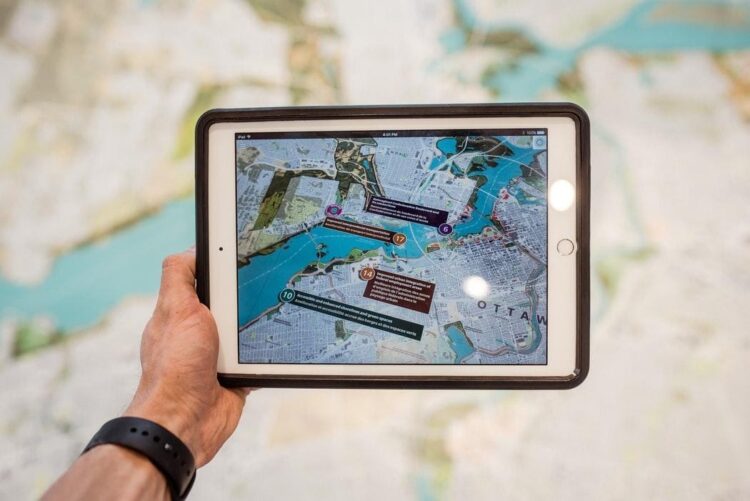
Both clients and couriers could benefit from mapping capabilities. Think of Uber or any other on-demand taxi app that lets you track the car in real time. This same feature, along with delivery time estimation, could increase customer loyalty if you know how to market it right. The drivers or bikers would also find navigation tools useful, as an in-built route plotting feature could help them find the fastest route to the client.
Luckily, there are plenty of third-party APIs that your mobile app could use to accelerate the development process. Google Maps, CoreLocation framework, MapKit — these are just a few of the tools that come to mind. The IT vendor you hire should be able to suggest the best technology stack based on your preferred platform (iOS, Android, web) and expected user base.
3. Payment Integration
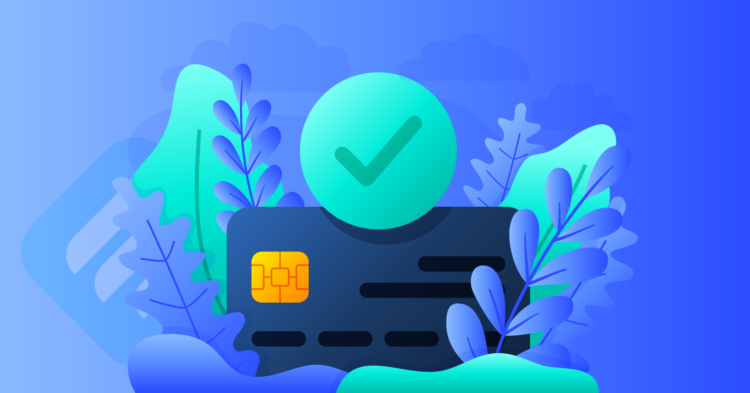
Source: wpfluentforms.com
Contactless delivery has become the new norm, with 87% of consumers in support of curbside pickup. Whereas you could have done with cash payments a year ago, you can no longer afford to forego the online payment capabilities. The more options you offer, the safer your clients will feel, and the more sales and revenue your food delivery business will secure.
PayPal is the most obvious payment option, though it’s not universally accepted and popular. Instead, Google Pay is gaining ground. Visa Checkout, Stripe, and Braintree solutions are also great for processing credit card payments online. All common payment tools share outstanding security and simple integration, but each comes with a unique set of benefits and drawbacks. You’ll need to research the capabilities and limitations or rely on a business analyst’s expertise to select the right option for your food delivery enterprise.
4. In-app Chat and Rating System
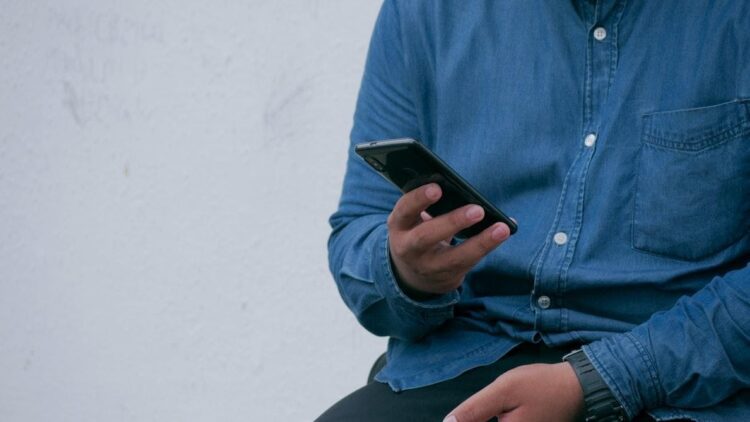
In an ideal world, nothing would ever go wrong with food delivery. But in reality, couriers and clients need to be able to get in touch and settle the finer details of the drop-off without extra hassle. Adding an in-app chat option will let different users resolve arising issues. However, creating a support center available via the same chat feature would also be beneficial, especially if you plan on competing with popular apps, such as Zomato, Grab, or FoodPanda.
A restaurant and courier rating system is not necessary for a food delivery minimum viable product (MVP), but it’s a valuable addition in the long run. Based on reviews and ratings, clients can choose the best person to deliver their food. Alternatively, highly ranked couriers can expect extra earnings thanks to generous tipping implemented via your chosen payment system.
Useful Extras
The four considerations listed above should be at the core of any food delivery business MVP, regardless of your niche, platform, and market share. Once the app is successfully launched, and you start getting first orders and user feedback, updates, and additions to the feature set are inevitable. For instance, you might want to add a widget to let the customers assess their order status at a glance or browse the current deals or special offers.
Your monetization strategy may also affect the feature set. For example, adding a monthly subscription fee is relatively easy when it comes to development, and it can generate extra income for your business as long as you find the right price range. Setting up a minimum order size or expense threshold is always a good idea when offering subscribers free delivery.
Remember that these nice extras cannot be the app’s foundation, nor are they vital to the MVP. Instead, focus on setting up the user hierarchy, integrating user-friendly payment systems and navigation tools, along with chat and rating systems. These four must-have capabilities will help your food delivery app gain ground in the highly competitive market. Still, it is also essential to work out the right monetization and marketing strategies and focus on the one thing that makes your app special.

